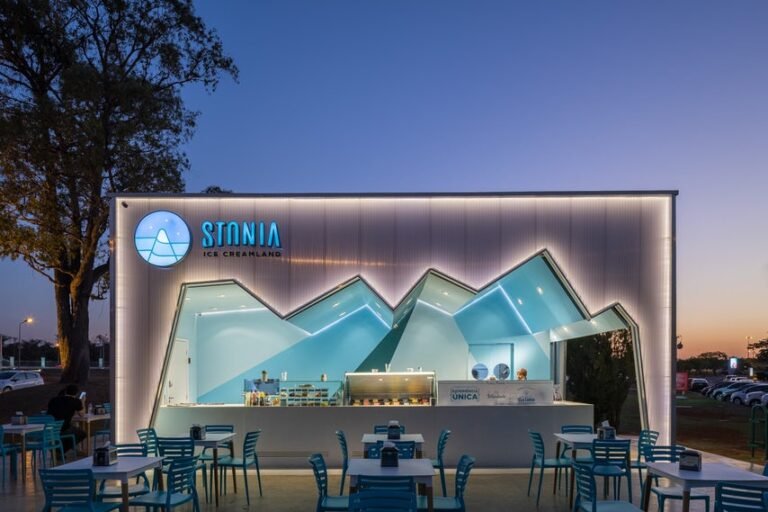In Los Angeles, recent interest in ADUs prompts an honest look at the housing type
ADUs will not solve L.A.’s housing crisis. Last February, the Los Angeles Homeless Services Authority gathered staff and volunteers for the 2022 Greater Los Angeles Point-in-Time Homeless Count, its first since the start of the pandemic. When the count was last conducted in 2020, close to 67,000 people were reported unhoused in Los Angeles County, a place where the median single-family home price is just over $800,000. Both the number of people who live in tents, in cars, and on the street and the cost of buying a home continue to rise more than 10 percent annually. These figures should leave us aghast and angry, but in California these yearly escalations have a numbing effect, even as the underlying precarity remains real and insistent.
ADUs—or backyard homes or granny flats—sit along the housing spectrum somewhere between the polar tragedies of tiny-house villages (used as temporary shelter for previously unhoused people) and bloated suburban manors. ADUs are generally small—typically limited by code in square footage and nearly always smaller than the lot’s main house—privately owned, and intrinsically connected to single-family residential zoning.
Their diminutive character combined with affordances of private homeownership make ADUs particularly attractive as a possible solution to the country’s desperate need for more housing. They seemingly add value and increase density, an apparent win-win for folks already winning in the sweepstakes that is land-ownership in cities like Los Angeles. Last year, AN reported that ADU approval accounted for 22 percent of new permits in California—close to 6,000 units statewide. Who wouldn’t want a little cabin in their backyard for an aging parent? Or a converted garage that could not only bring much-needed housing onto the market but deliver monthly rental income to offset the mortgage?
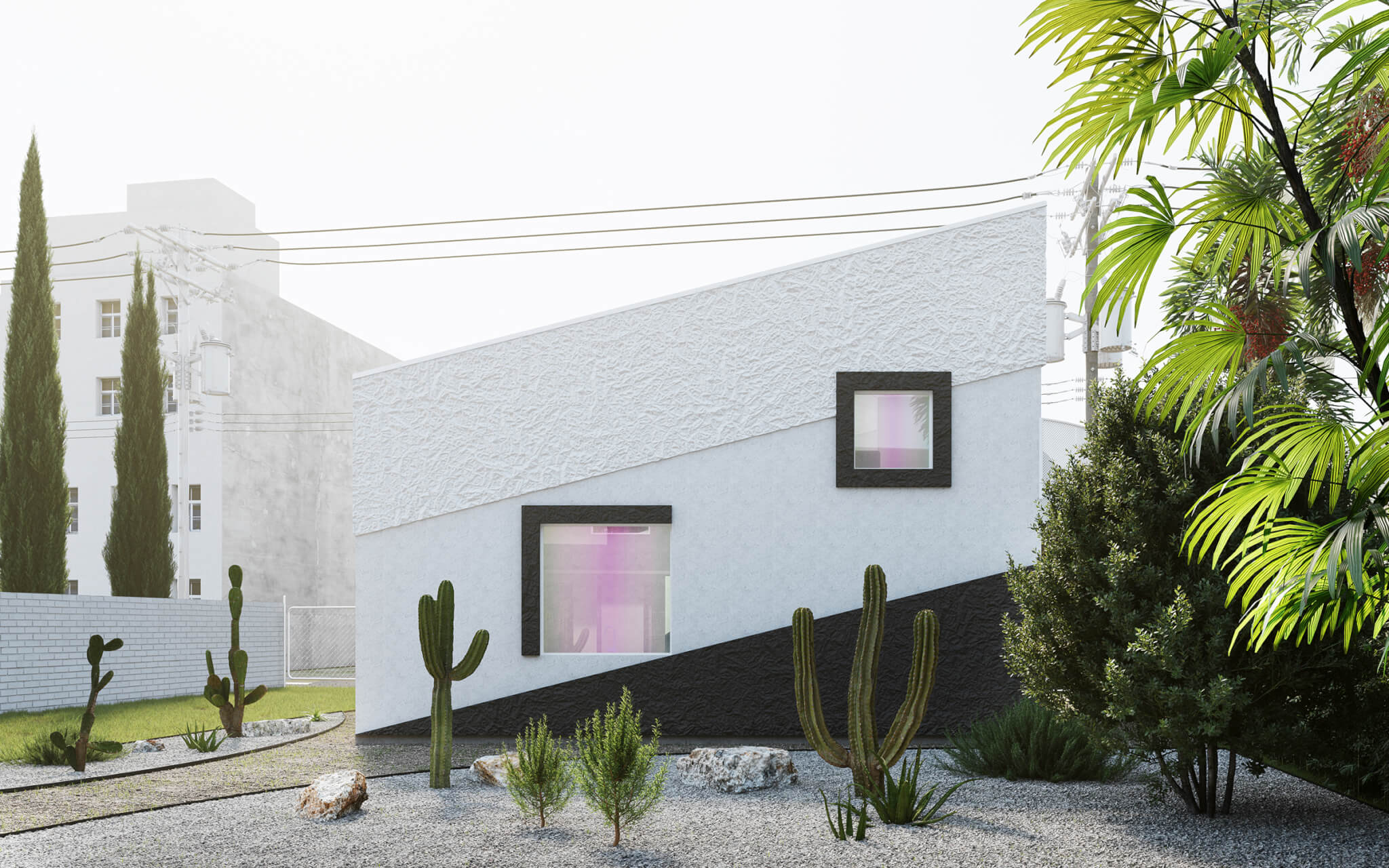
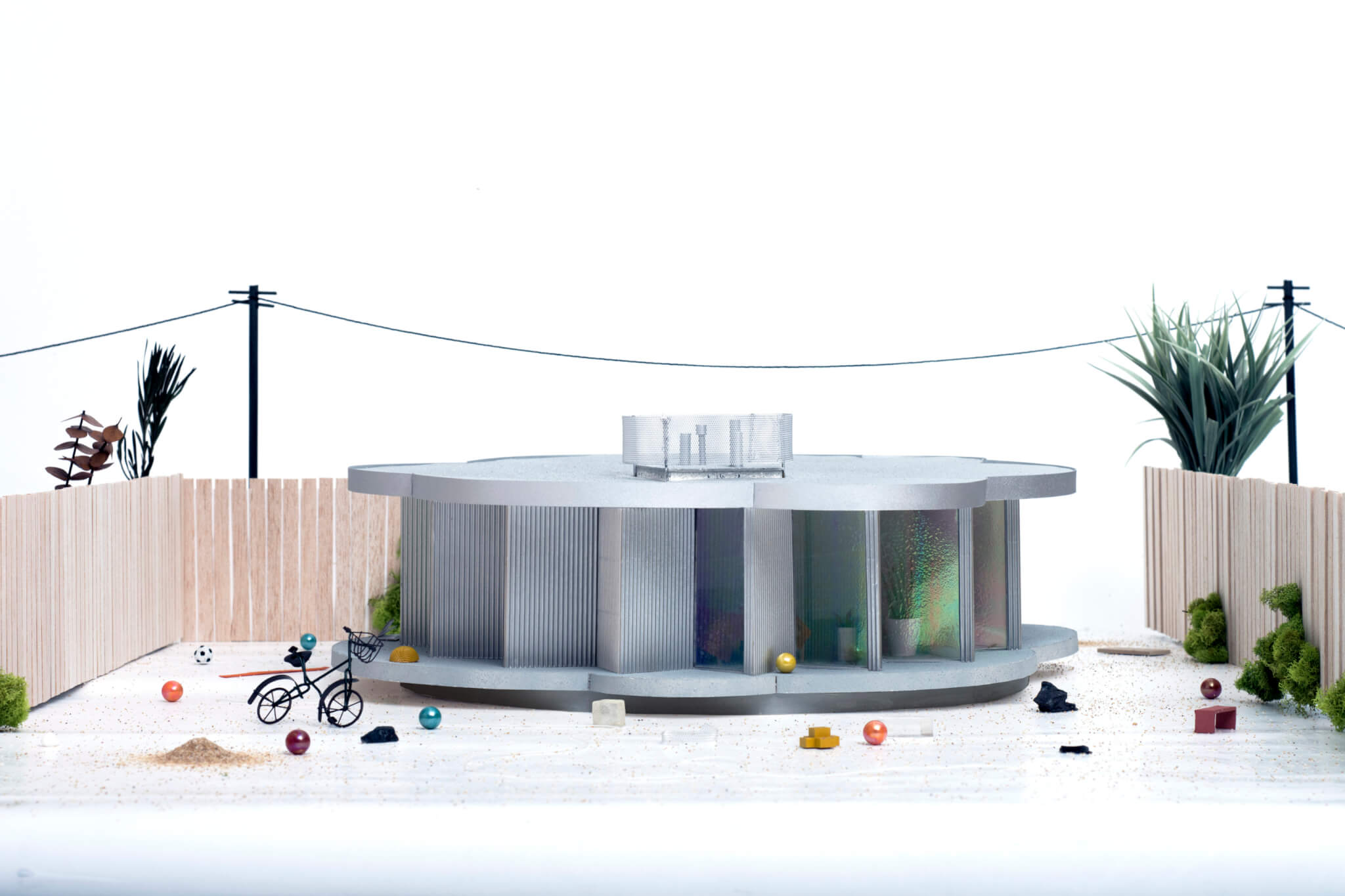
Motivated by a drive to increase housing production and address housing affordability, a California law first enacted in 2017 and updated in late 2020 encourages ADU construction and lays out statewide guidelines while also allowing for adaptation by local governments. Still, trying to solve a housing crisis by incentivizing individual homeowners is magical thinking akin to believing that recycling a plastic yogurt container will ward off climate catastrophe. If individual actions cannot undo the systemic problems of the housing market, then what is the lesson of the ADU?
The issue is not that ADUs can’t be built at scale or that densification of sprawling single-family neighborhoods isn’t a good idea, but rather that any utopian vision of a cottage in every plot must meet several harsh realities: qualifying for financing, overcoming building permit backlogs, navigating skyrocketing construction budgets, and running a sewer connection from the street to the backyard. Each makes designing that dream microchalet seem like the easy part.
To crib from Keller Easterling, the house is a financial product. As such, the question of financing is fundamental to ADUs, but goes unspoken in architecture conversations. The design of economic conditions matters if ADUs are to be affordable and equitable. Speculative real estate developers have no problem buying up multiple properties and tricking them out with the added amenity of an ADU. For homeowners with means, design and building costs might be covered by a construction loan or second mortgage. But for lower-income homeowners—folks who would greatly benefit from an ADU—qualifying for loans can be a hurdle.
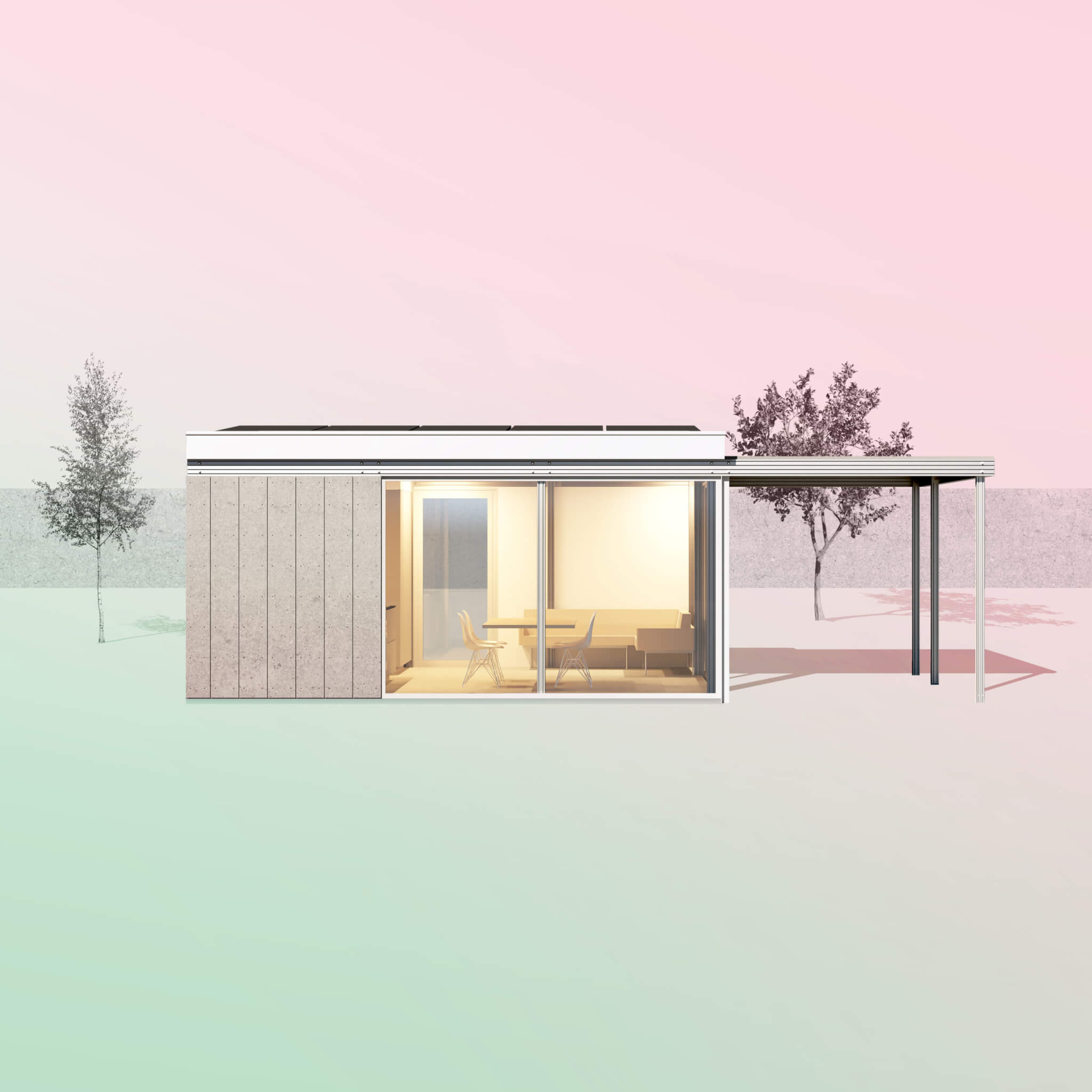
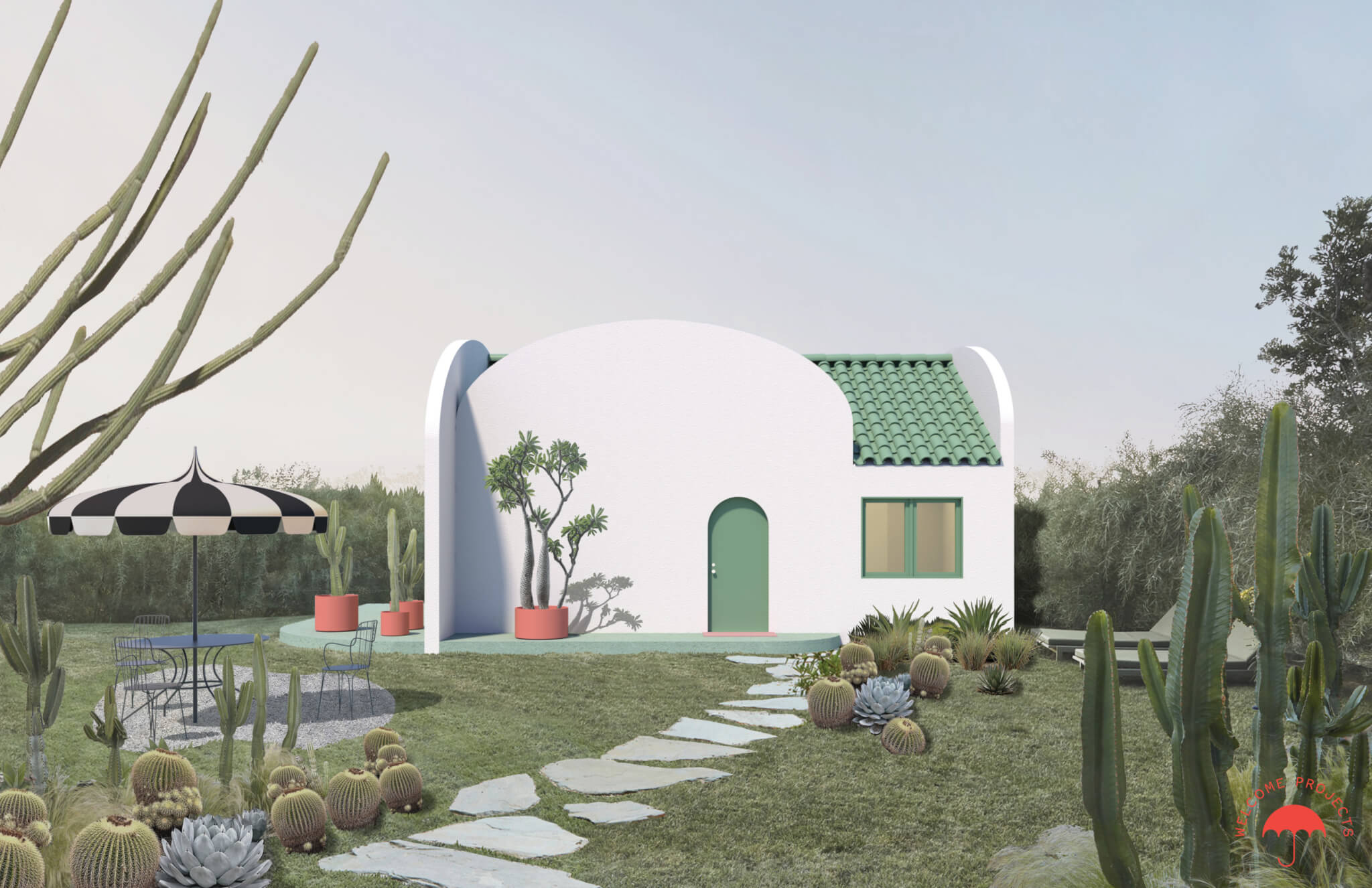
The nuances of ADU construction financing were discussed in an online “Teach-In” hosted by design nonprofit LA Más in early 2021 as part of the group’s Backyard Homes Project, which explored the development of an ADU to serve as a Section 8 rental unit—meaning, as subsidized affordable housing. “Homeowners may not have the cash on hand available for predevelopment,” said Pavlin Buchukov, senior loan officer at Genesis LA, a lender that serves underserved communities. “ADUs are different from typical construction because we don’t know the value before the ADU is built.” LA Más and Genesis LA collaborated with Self-Help Federal Credit Union, which developed a new financial product geared specifically to low- and middle-income homeowners. It accounts for the lag time between breaking ground and receiving the rent check—a significant and costly period that developers can easily cover but is an impediment for individuals.
Getting a backyard home permitted is also an obstacle, one that the Los Angeles Department of Building and Safety (LADBS) tried to address with the launch of the Standard Plan Program in March 2021. LA Más (whose architecture projects are now led by the firm Office of: Office) was one of nearly two dozen firms recruited by L.A. chief design officer Christopher Hawthorne to submit prototypical designs for preapproval, which would streamline plan check and ensure a speedy permitting process. The curated selection, illustrated by plans and renderings on the LADBS website, dabbles in cleverness and whimsy: a sunflower-shaped pavilion by SO-IL, a striped and shaded roof deck by Amunátegui Valdés, and a two-story prefab IT House by Taalman Architecture, among others.
But the point isn’t to pick apart each scheme; the larger critique is that each of these designs is speculative in the truest real estate sense, as the architects weren’t paid by the City for their participation. The chance for ADU commissions was dangled in front of each firm, which absorbed the time, labor, and cost of design and preapproval permitting, thus transferring risk from the homeowner to the architect. (Each preapproved Standard Plan can be purchased directly from the architect or developer, and LADBS reviews site-specific conditions.) One designer confided to me that after meetings with some 60 potential clients, only one seemed on the verge of going forward.
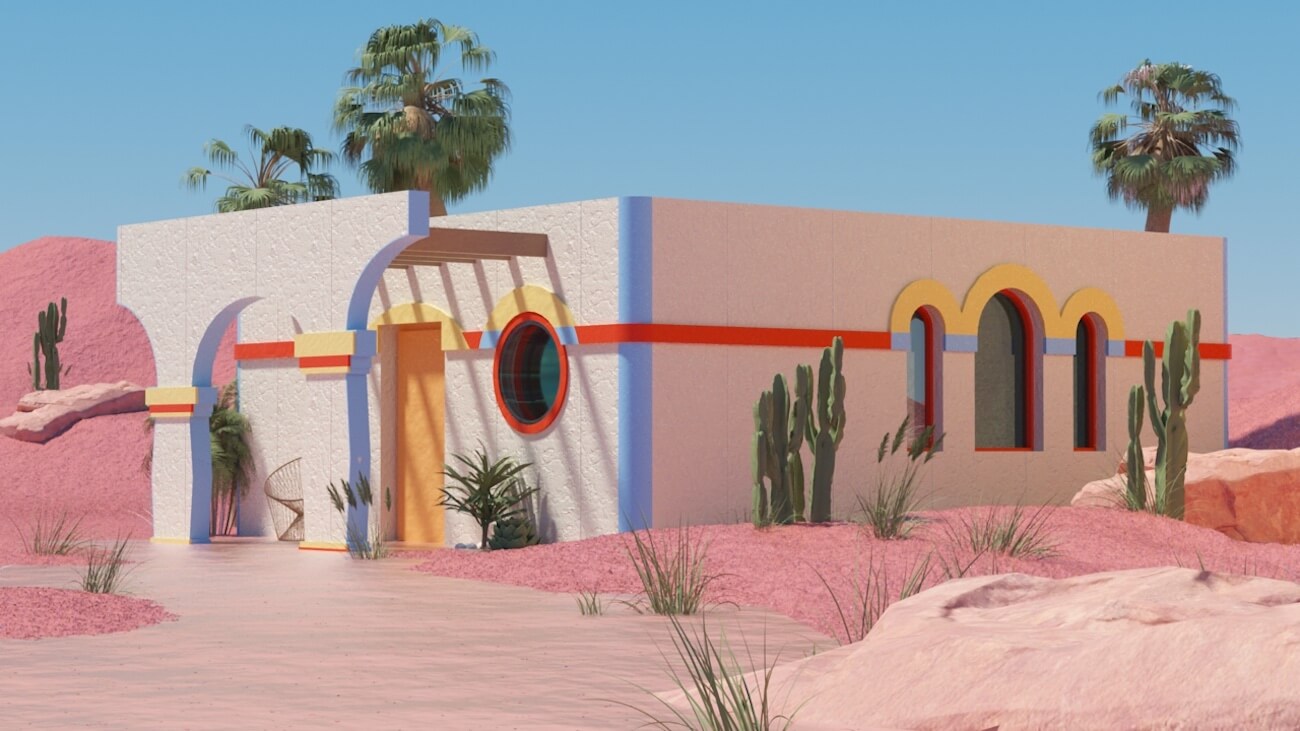
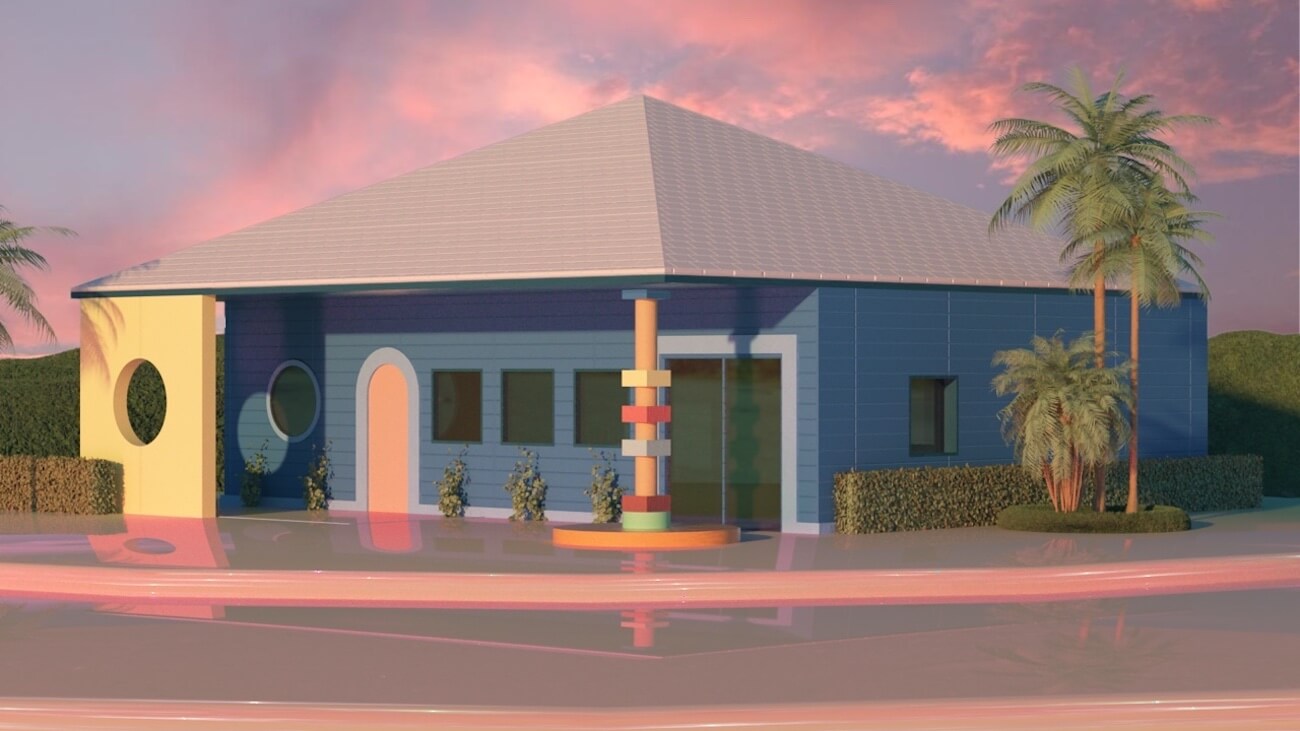
It’s no wonder that in the year since the launch of the Standard Plan Program most of its new additions are by construction-tech and design-build companies that specialize in ADUs: Abodu, Mighty Buildings, and United Dwelling. You can choose a minimalist cube, a Mission Revival bungalow, or a Cape Cod saltbox. The designs by these groups appear more algorithmic than anything else. Like IKEA’s tiny-home product or the MUJI Hut, they are fine-tuned to that sweet spot between consumer taste and production economy.
Focusing on any particular unit, however, misses a more profound lesson: The public imagination envisions ADUs as a quaint shack in the back, but California legislation expanded the definition to include attached units, garage conversions, and junior accessory dwelling units (JADUs), converted spaces within a residence. (Conversions and JADUs are typically more affordable to build than ground-up cottages.) Homeowners can have both an ADU and a JADU on a single-family property and up to two detached ADUs on a multifamily property. By their very nature, ADUs defy 20th-century logics of U.S. housing and its reliance on nuclear-family norms by introducing multigenerational, multifamily conditions into the single-family domain. The impact of this shift has yet to be fully played out, but there are hints of it at work. For example, in the face of the ongoing housing crisis, in 2021 Berkeley’s City Council voted to eliminate single-family zoning.
Undermining the rigidity of the single-family home and its fortresslike grasp on the American Dream opens opportunities for collectivity and new ways of living. UCLA professor and cityLAB think-tank director Dana Cuff was instrumental in writing California ADU legislation. In her 2018 essay “The Architect’s Lot” she presented work conducted with architect Kevin Daly and their UCLA students. One project suggests that infill ADU housing along neighborhood alleys could produce a series of shared green spaces. Inspired by this design, students in a SCI-Arc seminar I taught with Casey Rehm investigated, via AI modeling, how energy from solar panels placed on ADU roofs could be amassed for collective use; another group researched community-based methods to offset urban heat gain caused by backyard construction that displaced greenery.
These examples may be idealistic in their thinking and untested in practice, but they suggest a different paradigm for how we understand ADUs. The humble granny flat may not be up to the task of solving the urgent and systemic problem of affordable housing, but it does destabilize how single-family homes are financed, designed, and built—and, optimistically, signals a denser, more collective way of living together. In this future, the ADU is but one component, not a silver bullet.
Mimi Zeiger is a Los Angeles–based critic and curator.

